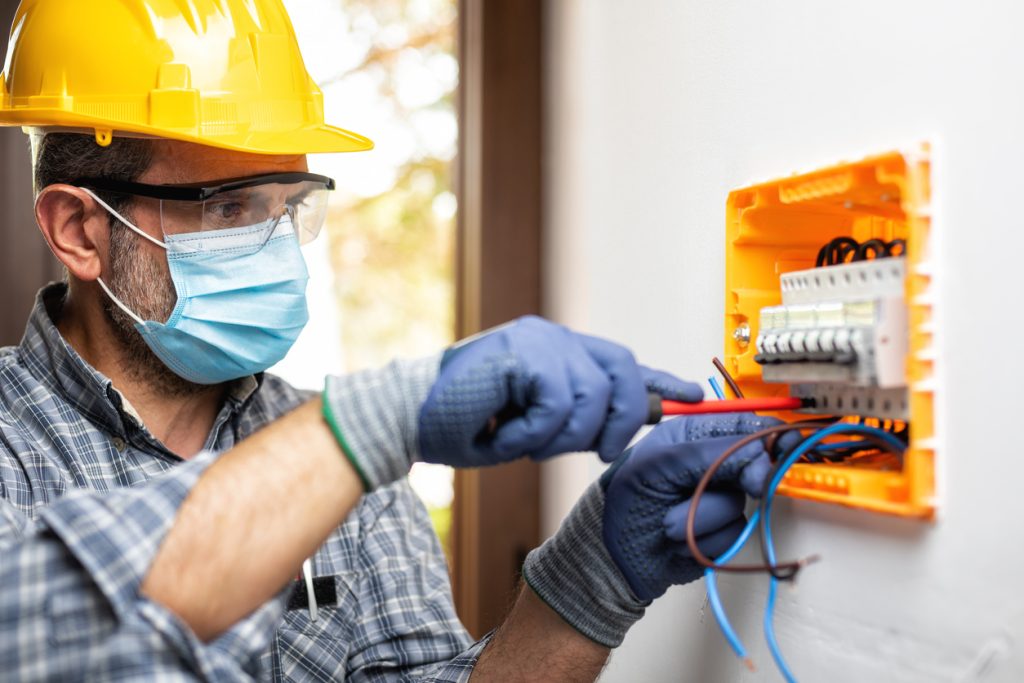Electricity is an ever-present light source in your home and power for numerous appliances. It runs everything from your refrigerator to the computer you’re using. Have you ever wondered how electricity gets to your house to light up your rooms at night and power up the appliances we use daily? This article will tell you exactly how electricity gets to your home.
Power Generation
The journey of power begins long before it arrives at your doorstep. Power is generated at power plants. These power plants are either coal-burning, nuclear, or hydroelectric. Other types of power plants include natural gas, diesel, and solar. Each type of power plant has its advantages. Coal plants are widely available, while nuclear power plants provide clean energy and are considered safe. Power generation involves converting energy from different forms into electricity using generators. Usually, a generator is a device that converts mechanical energy into electrical energy.
Transmission
An electric utility concentrates power, regulates the supply, and transmits it to a central substation over a high-voltage transmission line. From there, it’s distributed to end users. A transmission line is a system of cables or wires used to interconnect electrical substations or transmit electricity over long distances. These high-voltage transmission lines typically comprise great steel towers that carry large electric currents.
Substations
A substation is a facility whereby power from the transmission lines is stepped down from high voltages to voltages suitable for transmission to local power lines. Substations also house equipment that regulates voltage and protects electrical equipment from power surges. The substation is usually controlled by a computerized system that monitors voltages, currents, and other parameters.
Local Distribution
After being stepped down in voltage, the electricity is delivered to local power lines. You’ll notice many more towers carrying wires between the substation and your home. These are smaller distribution lines carrying electricity to local businesses and homes.
Meters
Electrical power is delivered to your house through electrical meters, often installed outside of your home. Meters measure the electricity you use and help the utility determine how much they need to charge you. Meters are usually indicated by colors that match your utility’s billing color.
Do You Require a Professional Electrical Contractor?
Whether you need repairs, renovations, or new wiring for your office, home, or business, we’re here for you. Our local electrical contractors are fully licensed to work on any residential and commercial electrical systems. Excel Electric in Eugene, OR has earned a reputation for offering high-quality LED lighting, electric panels, and more, so contact us today to schedule an appointment.

